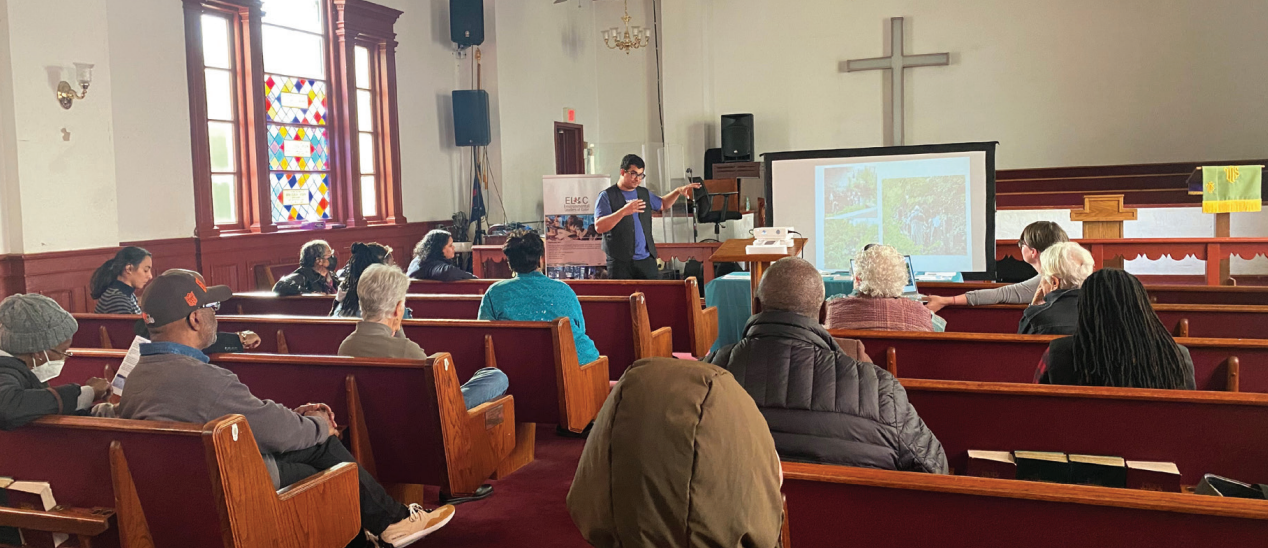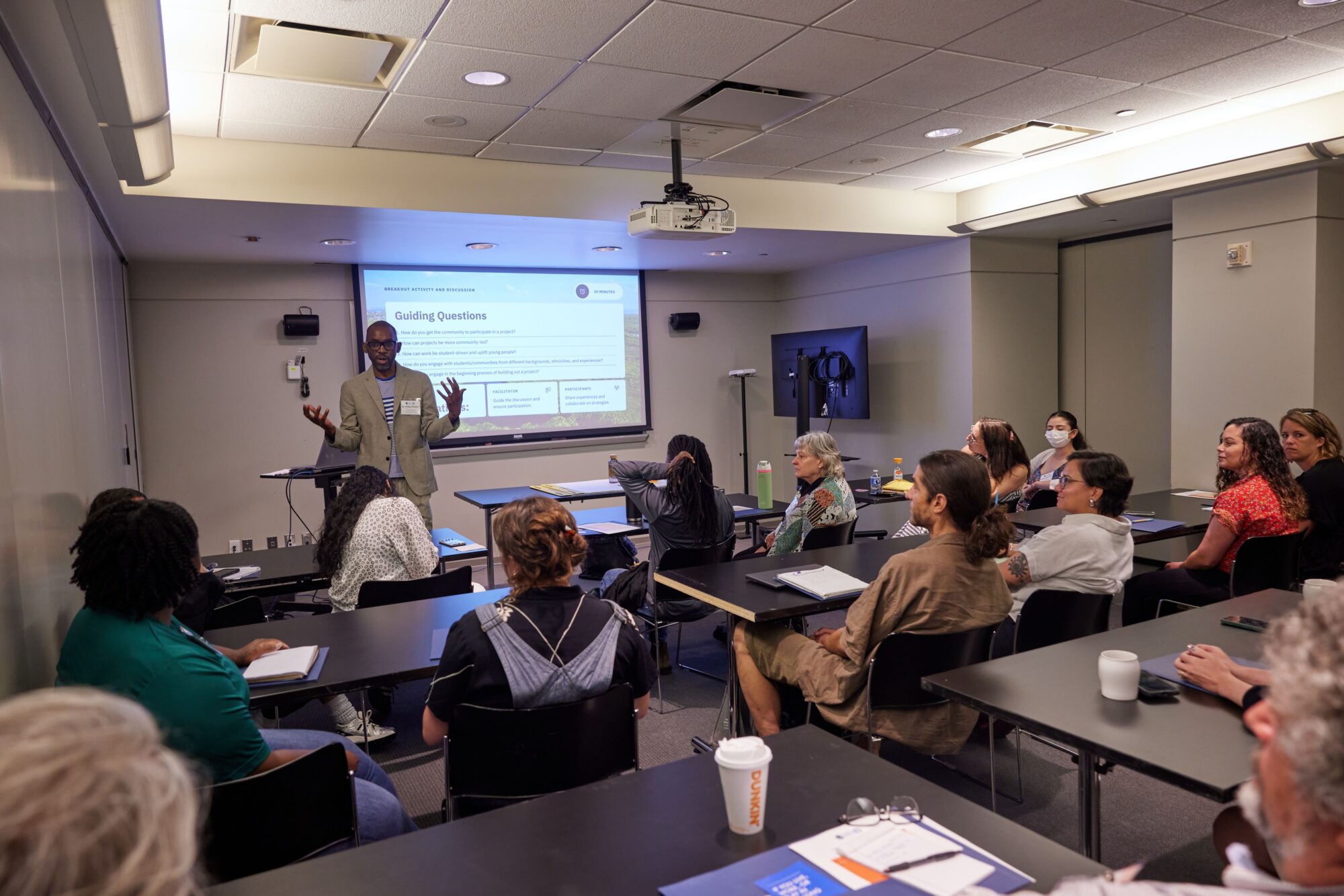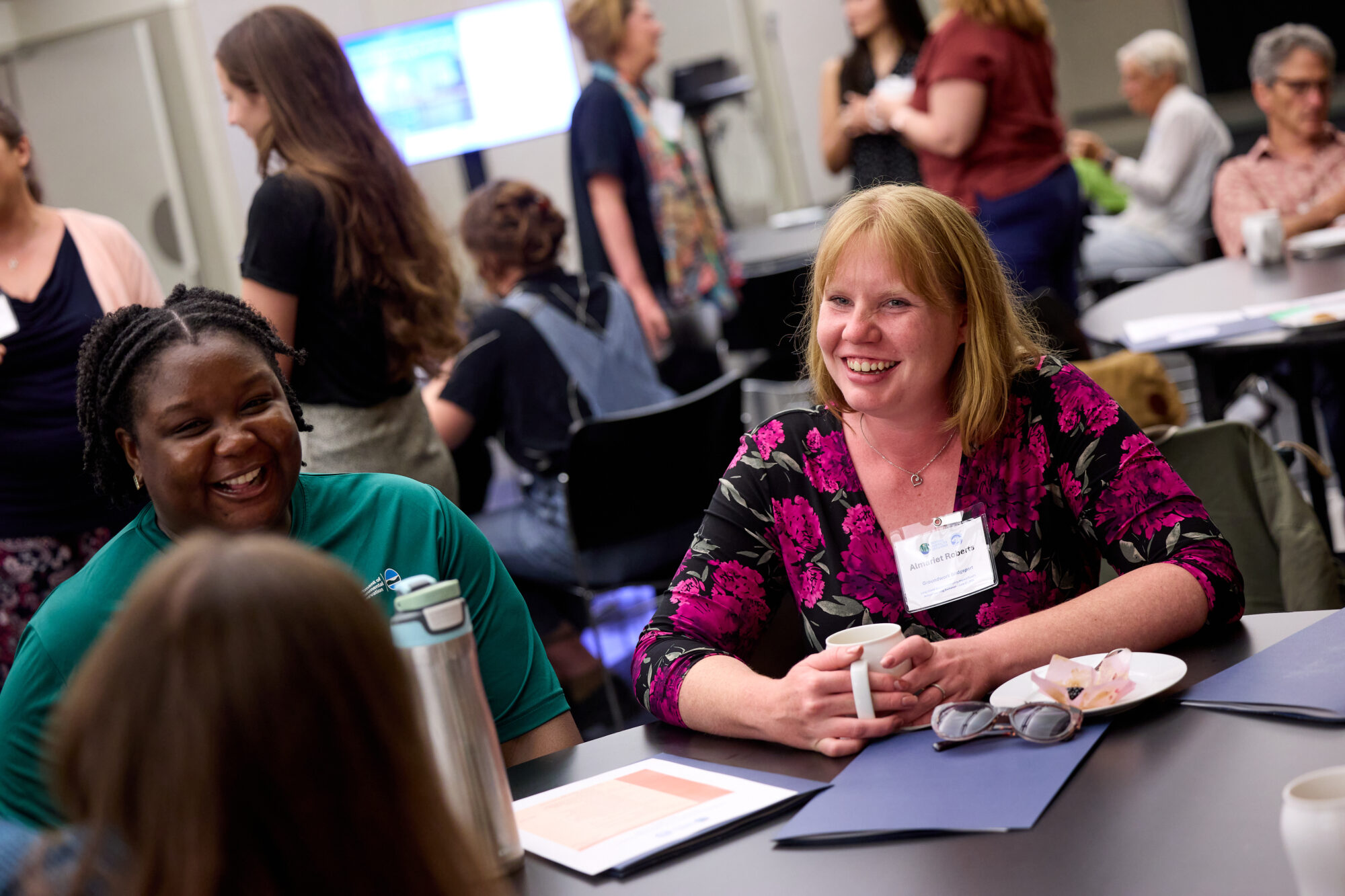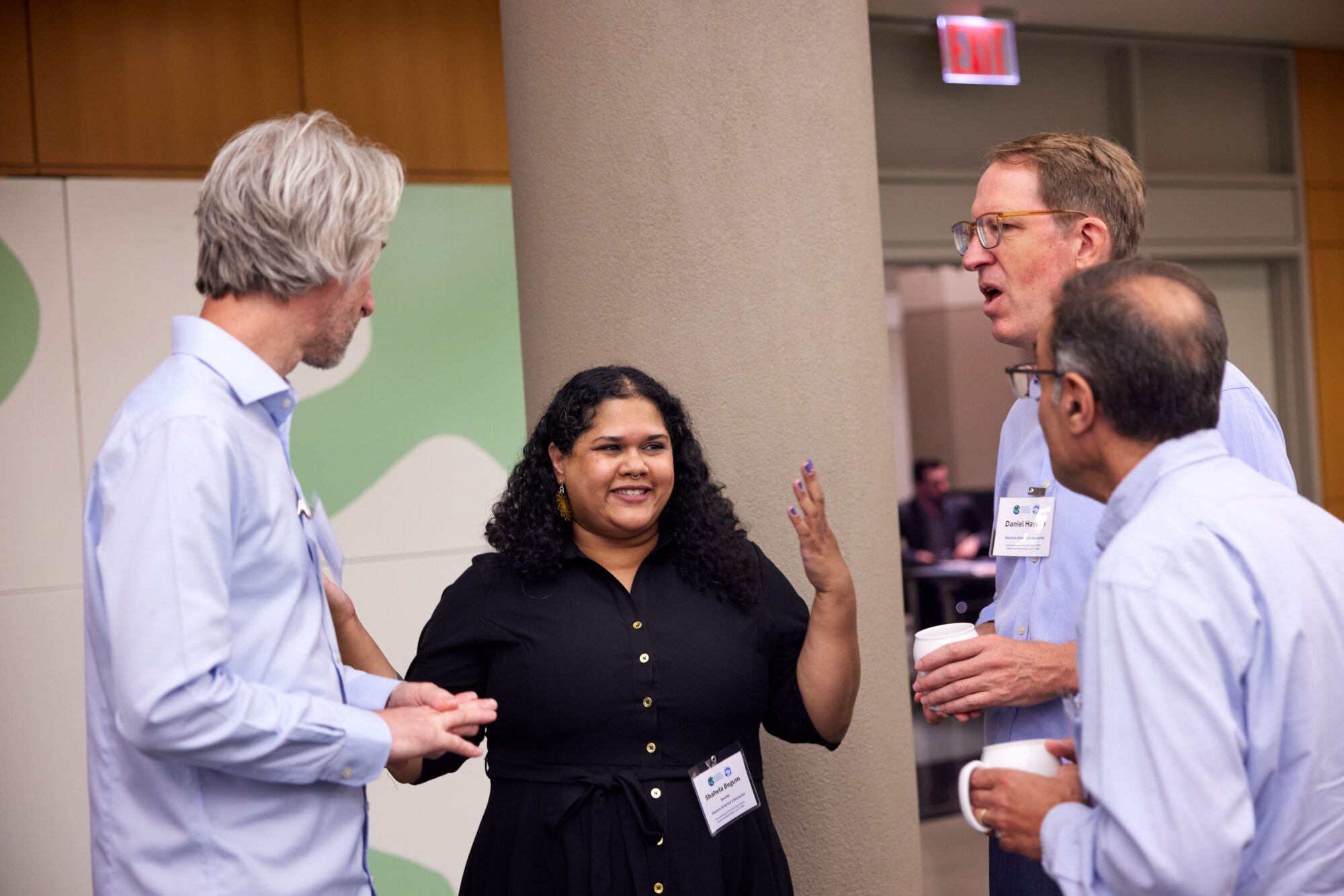Breaking Down Barriers in Grantmaking Through the Long Island Sound Community Impact Fund
By Shahela Begum, Program Director Long island Sound Community Impact Fund
Historically, there have always been concerns surrounding inequity in funding opportunities and how they get dispersed to communities. The Long Island Sound Community Impact Fund (LISCIF) seeks to bridge that gap by providing technical and financial assistance to communities with environmental justice concerns, to address environmental issues and improve the quality and accessibility of the Long Island Sound. Technical assistance is provided throughout the application process and is ongoing throughout the duration of the grant cycle.
WHAT IS THE LONG ISLAND SOUND COMMUNITY IMPACT FUND?
LISCIF is a partnership between Restore America’s Estuaries, the US Environmental Protection Agency, and the Long Island Sound Study (LISS). Made possible by the Bipartisan Infrastructure Law, projects funded by LISCIF will help meet the Justice40 Initiative goal that “40 percent of the overall benefits of these Federal investments flow to disadvantaged communities that are marginalized, underserved, and overburdened by pollution.” The EPA defines environmental justice as, “the fair treatment and meaningful involvement of all people regardless of race, color, national origin, or income, with respect to the development, implementation, and enforcement of environmental laws, regulations, and policies. This goal will be achieved when everyone enjoys: (1) The same degree or protection from environmental and health hazards, and (2) Equal access to the decision-making process to have a healthy environment in which to live, learn, and work.”

LISS conducted a year-long Environmental Justice Needs Assessment, which resulted in a report published in 2024, indicating needs, priorities, barriers, and challenges that communities face within the Long Island Sound region. Community listening sessions, along with one-to-one discussions with executive directors, community leaders, municipalities, and residents provided insight on accessibility of the waterfront, flooding issues due to climate change, and indicated gaps in resources. These interviews influenced the design of the Request for Applications (RFA) for LISCIF.
SHAPING GRANTMAKING FOR EJ COMMUNITIES
According to feedback from communities, funding opportunities often do not have enough time built in from when an RFA is first released and the submission deadline. We wanted to be mindful in the design of LISCIF and provide sufficient time for applicants to digest the RFA, reach out for technical assistance, and have ample time before submitting an application. The application process was broken into two stages, a Letter of Interest (LOI) and a Full Proposal phase. Instead of overcommitting time for only one stage of an application process, applicants receive feedback for their LOI and Full Proposal by the review panel, which is made up of a diverse group of professionals, representing New York and Connecticut. It is important to have expertise on the panel of not only program priorities but also familiarity with various communities and environmental justice issues they experience.
The goal of building capacity for the region comes in the form of a series of technical assistance training opportunities, based on continuous input from community members in the region. Guidance and navigation of LISS’s Comprehensive Conservation and Management Plan (CCMP) is extremely important in order to allow applicants who have never received a federal award be able to develop a proposal which meets the goals and metrics of the LIS partnership. Other trainings conducted focused on grant writing, creating a federal budget, fundraising, managing projects, reporting, and other programmatic day to day operations. Engaging applicants in a continuous focus group helped to evaluate trainings, identify gaps in resources, and gather feedback on the overall grant program.

LISCIF also plans to continue to hold an Annual Learning Exchange, in an effort to bring subawardees, organizations, Tribal communities, professionals, students, and stakeholders together for an in-person gathering. The first one we held in June 2024, at the CUNY Graduate Center, which brought people together from New York and Connecticut. It proved to be an opportunity where people working in environmental justice communities can come together, network, and learn about each other’s work. The purpose of these types of in-person capacity building gatherings is to foster and strengthen regional networks in relation to the Long Island Sound. Most importantly, the Annual Learning Exchange, along with all the trainings provided is at no-cost to participants (whether they are an applicant or not). It is necessary to provide capacity-building opportunities for the region, especially for communities dealing with environmental justice concerns since oftentimes, organizations do not have enough staff capacity or funds to get these resources, and historic inequities make funding streams inaccessible.

The availability of technical assistance, virtual, and in-person capacity building opportunities will make organizations and stakeholders more successful in not only managing current grants but also at obtaining larger funding opportunities. Especially for historically underserved areas, it is crucial that the mission and work can be supported and maintained. One important factor, is supporting subawardees who may not have the upfront organizational budget available to start a project. A reimbursement model oftentimes can exclude applicants from putting in a proposal. For LISCIF grants, EPA has implemented the Working Capital Advance (WCA) which advances costs associated with a project for the first two months. This model helps to support subawardees who do not have a huge organizational budget and is a more equitable approach in getting funds to environmental justice communities.
In mindful designing of a grant program, for it to be truly equitable, it is important to obtain continuous community input throughout the process. Being available for support calls, technical assistance requests, along with providing free and accessible training opportunities; builds relationships, trust, and demonstrates a commitment to the region. This approach ultimately supports the longevity of organizations with their mission, sets them up for success, and gears them up to obtain future funding opportunities for their community.
